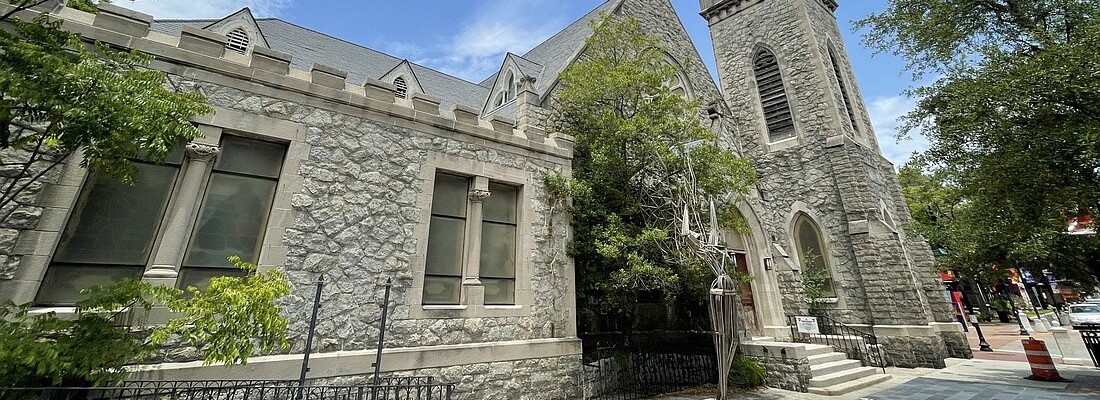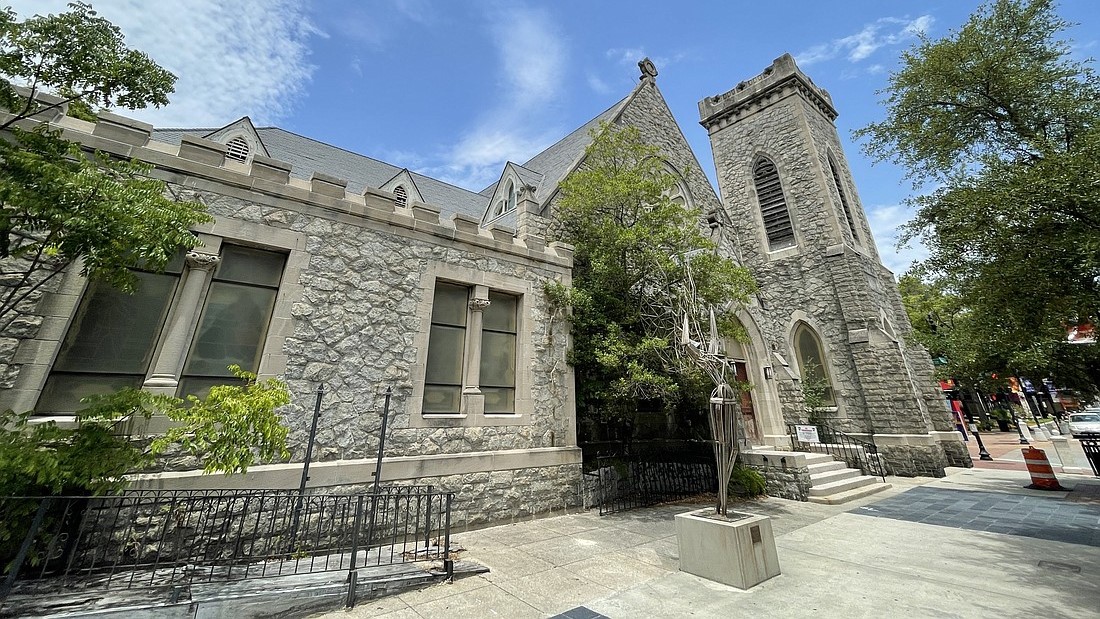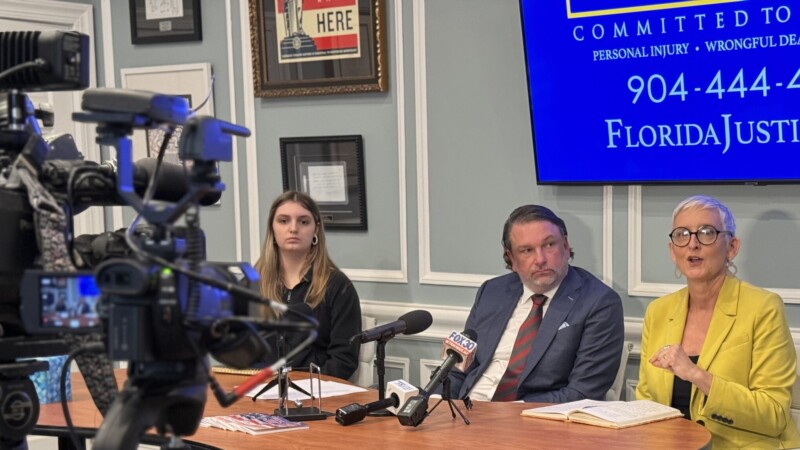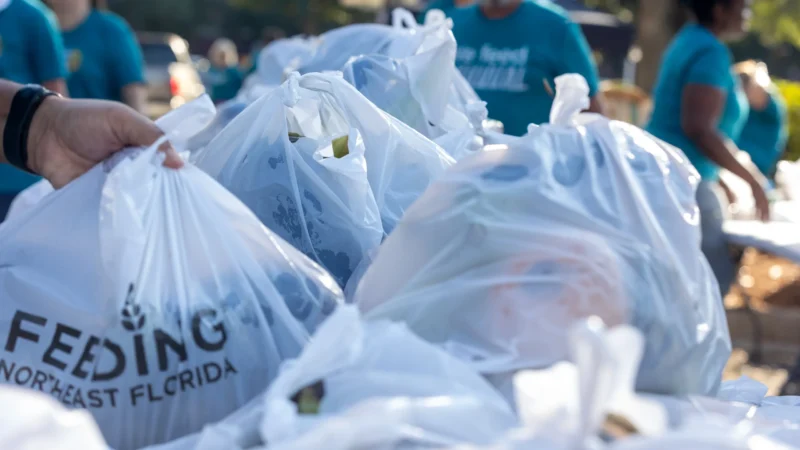A number of historic properties in Jacksonville have faced threats for years, but the Jacksonville History Center will make sure we don’t forget them.
The History Center on Wednesday released its annual list of the city’s most endangered historic properties — many of them highlighted before, but the center also spotlighted a few success stories.
History Center CEO Alan Bliss doesn’t mind if some properties show up on the endangered list year after year.
“It is reminder of the persistent value of the work that we do. I am pleased that so many of the buildings that we have been concerned about, that have been endangered, are at least still in a position for us to connect them with the resources that will wind up preserving them,” Bliss said. “It is a reminder that we have a lot of honest work to do, and it offsets a little bit of great satisfaction having some success stories to talk about,” he said.
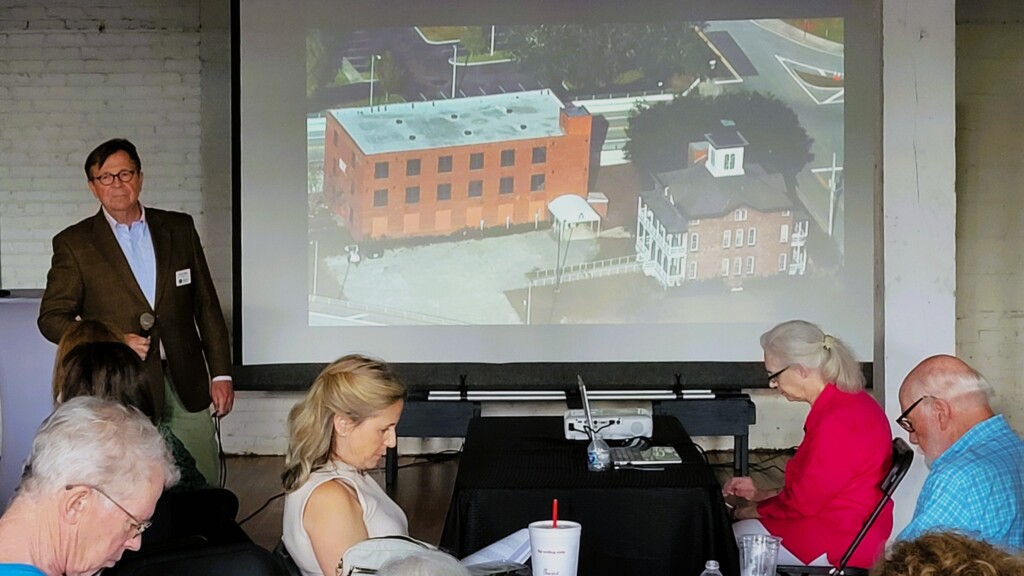
The History Center itself is a success story. It occupies the former Casket Factory at 314 Palmetto St., which is under renovation as the history center’s museum, meeting site and archive.
In the end, Bliss said he realizes that not all old buildings can be saved, but where there is a path forward he hopes to find a sustainable new use for them.
“We think that deserves community support,” Bliss said. “We think it really deserves special effort and consideration, and so we do this every year in May. … We roll out the list of Jacksonville’s most endangered buildings to call attention on the part of public, civic, corporate and city leadership to these examples of buildings that for various reasons are at risk of being demolished.”
The endangered list
The history center issues the list every year in observance of National Historic Preservation Month. This year’s list includes 29 sites. Here’s a look at some of them:
THE LAURA STREET TRIO: The Trio consists of the 113-year-old Florida Life building, 116-year-old Bisbee building and the Old Florida National Bank, built in 1902. They represent the city’s renaissance after the tragic Fire of 1901 that leveled much of Downtown.
Multiple plans to redevelop the Trio have fallen through, and their future is up in the air after the city filed a default motion to auction them off to a new developer.
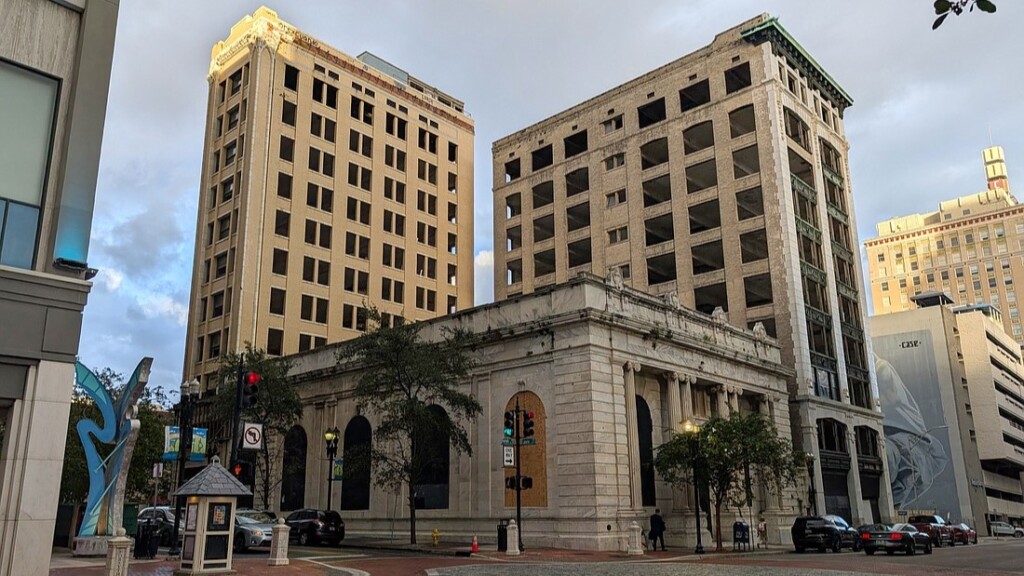
“It seems to be perpetually endangered, and of course it is the most ambitious project of historic renovation that we face,” Bliss said. “But I think it is the most critical because it really is the centerpiece of demonstrating what Jacksonville’s Downtown urban core looked like after the restoration following the Great Fire. … If anything really rises to maximum prominence in our historic preservation agenda, that is it.”
SNYDER MEMORIAL METHODIST CHURCH: The church at 226 N. Laura St. was designed by architect J.H.W. Hawkins with detailed carved stone and arching stained-glass windows. It also is historic due to its use as a refuge during Ax Handle Saturday, as Black civil rights demonstrators sought sanctuary when under attack by a white mob.
Vacant for years, it is owned by the city now and used for special events. But it needs more than that to survive, and not just “the occasional special event,” Bliss said.
“It is a lucky thing that the city is the property owner. The city has the care, concern, resources and the level of engagement to keep that building at last sustained and preserved,” Bliss said. “But it needs somebody to come up with a program for use that will actually sustain it and make it economically viable.”
RESIDENTIAL BUILDINGS: Four endangered residential buildings are on the list, including the Horace Drew Mansion on Third Street in Springfield, built around 1909 and badly deteriorated.
Another among the eight endangered businesses is the vacant 101-year-old Ambassador Hotel at 420 N. Julia St., which was condemned and boarded up. Details of its renovation were announced in March as part of Gateway Jax’s eight-block Downtown redevelopment project., through a partnership with The Indigo Road Hospitality Group.
Two successes
Two other success stories were discussed. Architect Brooke Robbins showed how they converted the 126,000-square-foot Haydon Burns Library, designed by Taylor Hardwick and opened in 1965, into office area that could be a hub for nonprofit agencies.
Then there was the full rebuilding of the Debs Store grocery at Florida Avenue and 5th Street into a new nonprofit called The Corner at Debs Store.
Nick Debs and his family operated the corner grocery for more than 60 years after his grandfather opened it in 1921. It closed in 2011 with Nick Debs’ death. But Lift Jax, a nonprofit focused on eradicating poverty on the Eastside, bought the store and rebuilt it. A grocery operates on the first floor and a career center and VyStar Financial Fitness Center upstairs.
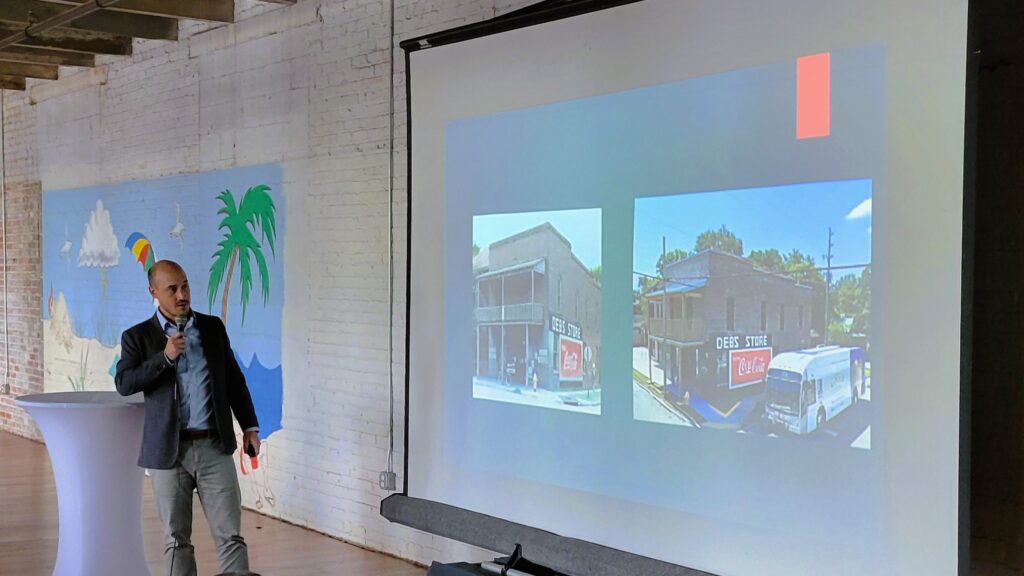
David Garfunkel, with Lift Jax then, told History Center audience Wednesday that Debs Store “was the perfect place” for them to revive because of how important it was to the community.
“You can talk to anyone from 30 to 90 in that neighborhood and almost everybody had an experience at Debs Store,” Garfunkel said. “At one point it served as an important purpose in the neighborhood in terms of bringing food there.”


